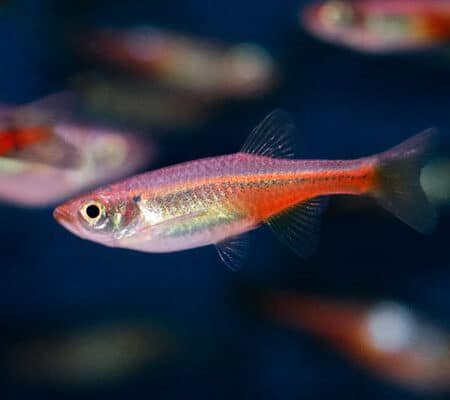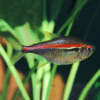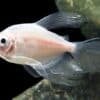To provide the best experiences, we use technologies like cookies to store and/or access device information. Consenting to these technologies will allow us to process data such as browsing behaviour or unique IDs on this site. Not consenting or withdrawing consent, may adversely affect certain features and functions.
The technical storage or access is strictly necessary for the legitimate purpose of enabling the use of a specific service explicitly requested by the subscriber or user, or for the sole purpose of carrying out the transmission of a communication over an electronic communications network.
The technical storage or access is necessary for the legitimate purpose of storing preferences that are not requested by the subscriber or user.
The technical storage or access that is used exclusively for statistical purposes.
The technical storage or access that is used exclusively for anonymous statistical purposes. Without a subpoena, voluntary compliance on the part of your Internet Service Provider, or additional records from a third party, information stored or retrieved for this purpose alone cannot usually be used to identify you.
The technical storage or access is required to create user profiles to send advertising, or to track the user on a website or across several websites for similar marketing purposes.
















Emily Carter (verified owner) –
I recently added a school of Gold Widow Tetras to my freshwater aquarium, and I couldn’t be happier with my decision! After about three weeks, these little guys have truly transformed my tank into a captivating underwater world. Their bright coloration and lively behavior are mesmerizing to watch. They get along beautifully with my other fish, adding a wonderful dynamic with their playful nature. I’ve had experience with several different tetra fish before, and I can confidently say that these are among my favorites. They thrive in well-planted environments, which also boosts the overall health of my aquarium. While they can be a bit shy at first, with a little patience, they become quite bold and interactive during feeding time. If you’re a caring fish parent looking to enhance your aquarium, I highly recommend these gold beauties! Just make sure to provide plenty of hiding spots for them to feel secure. Overall, their vibrancy and charm are well worth it, and shipping was quick with all fish arriving healthy and active!